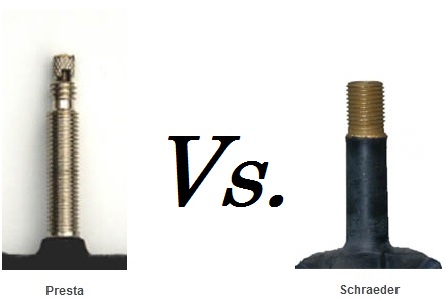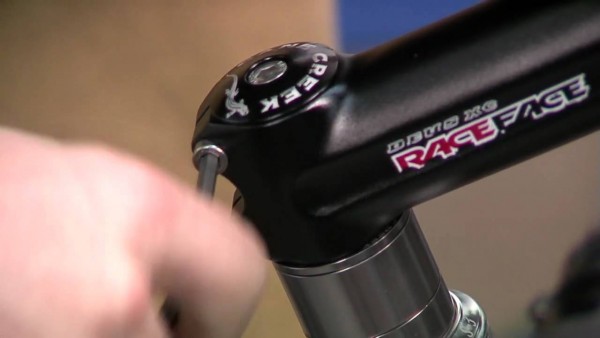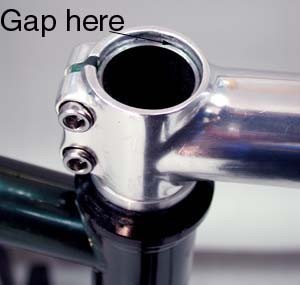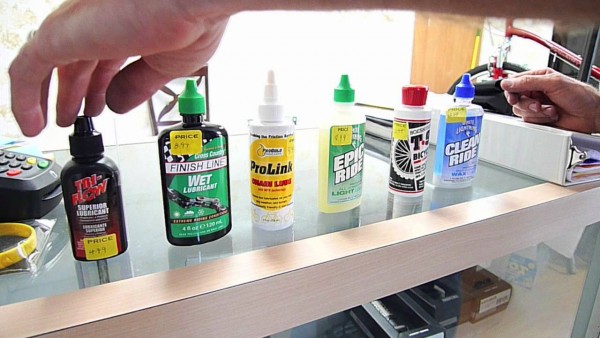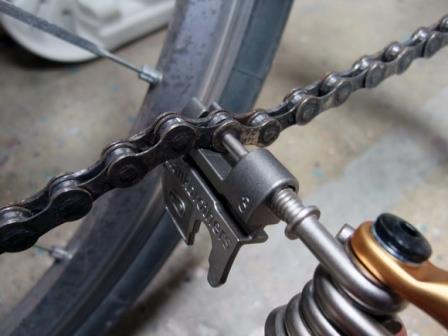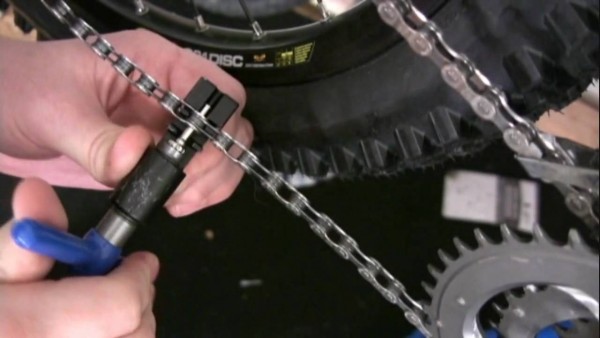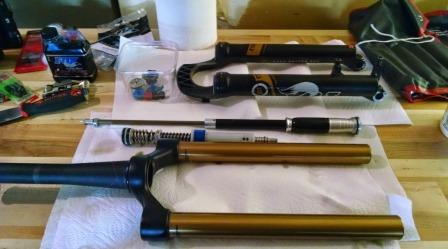Changing a cassette can be daunting. There’s only one way to remove it and it requires two, sometimes three, tools working in unison to successfully remove a cassette. Once you know how to do it though, it’s easy. Hopefully you don’t have to remove a cassette too often but when you do, you’ll be able to do it with ease.
How a Cassette Works
From the outside, a cassette just looks like a cluster of gears sandwiched together as one piece and that it’s just part of the wheel. The typical cassette however is made of a number of cogs that have key cutouts on them which line up and engage the underlying “freewheel” on the hub of the wheel. These cogs are then held in place by a threaded lockring that tightens down onto the smallest cog holding everything in place. Removing this lockring is how you remove a cassette.
When Do You Need to Remove A Cassette?
You shouldn’t have to remove a cassette very often but if you are racing or riding over vastly different terrain such as steep hills followed by a day of mostly flat, you will want to change the size cassette you are using for optimal gearing. Also, depending on how much you ride and how often you change your chain, you may need to replace your cassette from time to time.
Tools You Need
The first tool you are going to need is a Cassette Lockring Remover Tool. This engages the lockring on the cassette which must be turned counter-clockwise to loosen.

The second tool you will need is a Chain Whip or Sprocket Remover Tool which holds the cassette in place while you turn the cassette remover tool otherwise the cassette will just spin backwards.

The third tool you will need is a wrench to turn the cassette remover tool. They also make an All In One Cassette Remover Tool which can be handy.

How To Remove a Cassette
- Now that you have all the tools you need, first remove the skewer from the wheel.
- Second, take the wheel and while standing, place it in front of you so the cassette is pointed out, away from you.
- Thirdly, insert the cassette remover tool into the groves on the end of the cassette. Make sure the groves are fully engaged otherwise you can strip it. If you have the all in one Remover, place the handle so it’s at the 9’o’clock position if you’re looking at the wheel from straight on, or your right as you look down. If you’re using a wrench, place it on the Cassette Remover Tool in this position as well.
- Fourth, place the Chain Whip so the loose chain end is drapped over the gears with the hanlde at the 2’o’clock position, your left as you look down. This will then hold the cassette in place when you turn the lockring otherwise it will just spin.
- Finally now that you have everything engaged and in the correct position, press both handles down. This will turn the lockring counter-clockwise while holding the cassette in place.
- Doing it this way gives you the greatest mechanical advantage in case of an extremely tight lockring.
- Once the lockring is removed you can simply slide the cogs off from the freewheel.
- Note: if any of the cogs become stuck, you can use a straight-bladed screw driver to insert between the cogs and rotate slightly to loosen it. Do it gently however and rotate around the cog if needed to avoid bending any teeth. Be advised on some cassettes as some of the cogs, if not all on newer ones, are once piece meaning it won’t slide off with the twist of a screwdriver. You’ll have to do it behind the next cog or whole cassette even.
- And make sure you don’t loose the spacer behind the cogset if your wheel has one. If it does, use it behind the new cassette as well.
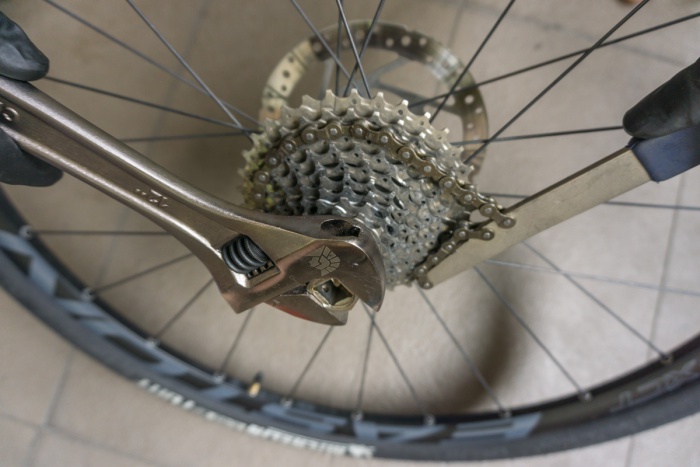
How To Install A Cassette
- When installing a cassette, first make sure the spacer behind the cassette is installed if there was one when you removed it.
- After that, take the cassette and line up the keys on the inside of the cassette with the groves on the freewheel of the hub. There is one larger one that makes it easy to line up. If you’re not sure which way is forward for the individual cogs, try it one way and if it doesn’t go on, flip it around. It will only go on one way. With the individual cogs also, make sure there is a spacer in-between each one.
- Once you have all of the cogs on, double check that the last cog is lined up and engaged with the groves. It’s easy to have this one a bit off. It needs to be fully engaged and lined up with the other cogs.
- Now take your cassette remover tool and insert it into the lockring. Add a dab of grease to the threads on the lockring to ensure it doesn’t seize. Now thread the lockring onto the end of the cassette by hand being sure not to cross-thread it. It should go on smoothly and straight. If it doesn’t, take it back off and try again. Turn it down snug by hand to avoid cross-threading.
- Now take your wrench and put it on the Cassette Remover Tool, or if you have the All In One Tool, simply turn the handle clockwise to tighten down the lockring. It doesn’t need to be overly tight, just snug enough that it’s not going to come loose. If you over tighten this, it is easy to strip the threads.
- Re-install the skewer and you’re good to go.
Things to Watch Out For When You Remove a Cassette
- Stripping the grooves on the cassette lockring that the Cassette Remover Tool is engaged with.
- Make sure the Remover Tool is pressed in all the way while turning.
- Having the Chain Whip slip off the gears.
- Place the loose end of the chain on a larger cog to engage more teeth.
- The cogs are stuck after the lockring is completely removed.
- Insert a screwdriver in-between the cogs and twist gently.
- The cogs not reaching all the way out to where the lockring can engage.
- You forgot a cog or spacer or even the spacer behind the cassette close to the spokes if your wheel had one when you first removed the cassette.
- The cogs reach too far over the end of the freewheel and the lockring won’t engage.
- All of the cogs may not be properly aligned and pressed together or you took an extra spacer or cog from the cassette you just removed and accidentally installed it.
- Cross threading the lockring when re-installing it.
- Install it by hand first to make sure it’s lined up properly before tightening it with a wrench.
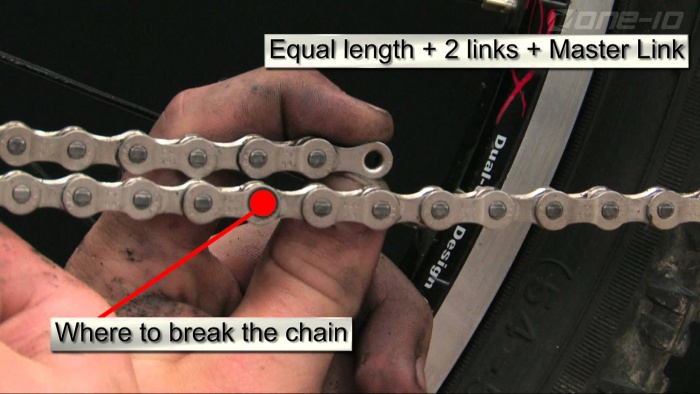
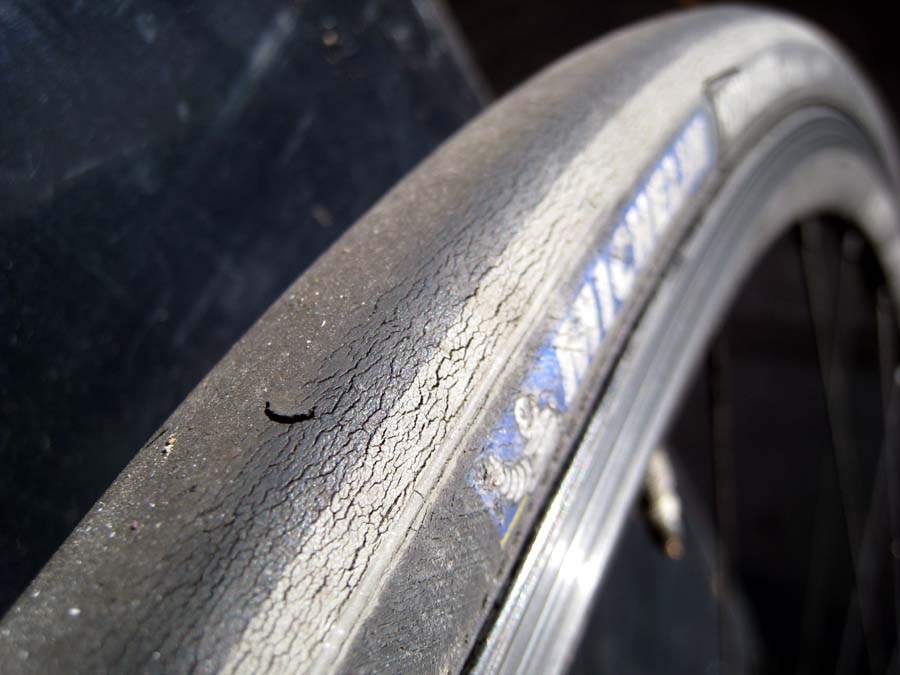
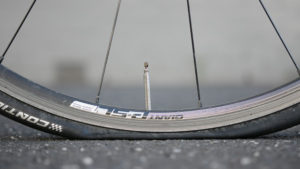
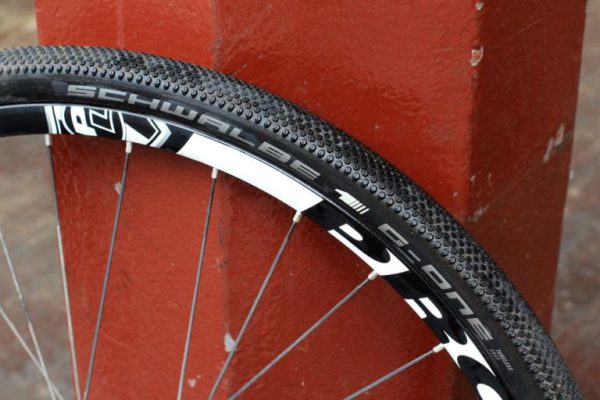
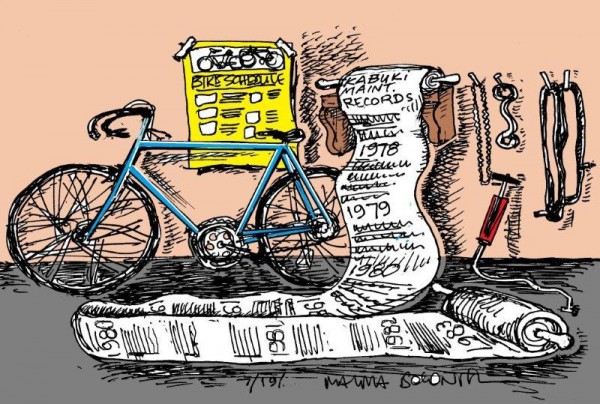

 Water can seep into a bicycle frame from many points. The more common points are around the seatpost, headset, bottom bracket, and water bottle braze-ons. Some builders provide drain holes at the bottom of the fork tubes, in the seat stays near the rear dropouts, and at the bottom bracket to allow accumulated water to drain out. If you can find them, use them.
Water can seep into a bicycle frame from many points. The more common points are around the seatpost, headset, bottom bracket, and water bottle braze-ons. Some builders provide drain holes at the bottom of the fork tubes, in the seat stays near the rear dropouts, and at the bottom bracket to allow accumulated water to drain out. If you can find them, use them.
